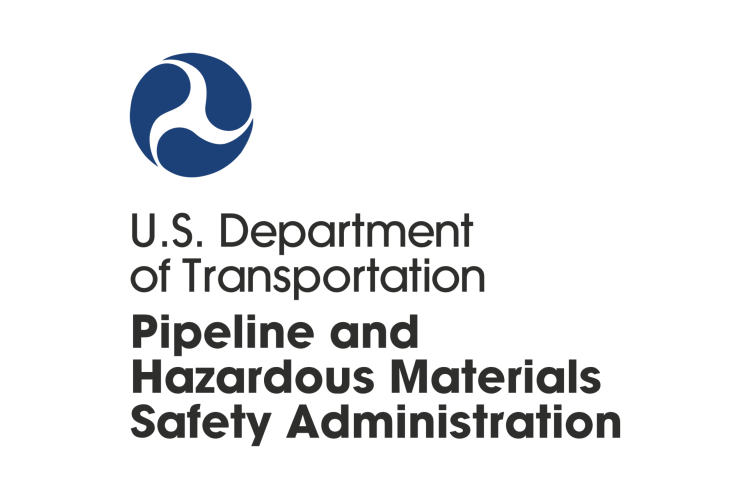US Pipeline Boom Outpaces Safety Agency's Resources, Sparking Safety Concerns

As thousands of miles of new pipelines cross the nation, carrying fuels and capturing carbon dioxide, concerns are mounting about the ability of a cash-strapped federal agency to ensure their safety.
The Pipelines and Hazardous Materials Safety Administration (PHMSA) faces a growing workload while its budget and staffing lag behind, raising questions about whether it can adequately protect the public from potential disasters.
Fueled by major infrastructure laws and climate incentives, the pipeline network has expanded rapidly in recent years, with experts predicting an upward trend in the future. The policies attributed to the rapid growth of certain pipeline sectors, particularly natural gas (up threefold in five years) and carbon dioxide.
The 2021 infrastructure bill provided billions for natural gas distribution lines, while last year's climate and tax law spurred a wave of carbon capture pipeline proposals in the Midwest. Yet, neither bill significantly boosted funding for PHMSA, the 600-employee agency within the Department of Transportation responsible for interstate pipeline safety.
"PHMSA has been historically underfunded, and unfortunately, that is still the case," said Kenneth Clarkson, spokesman for the Pipeline Safety Trust, an advocacy group. Clarkson argues that the agency lacks resources to keep up with the growing network, especially with major new projects on the horizon.
"Our oversight responsibilities continue to grow," PHMSA Deputy Administrator Tristan Brown told a House Transportation Committee hearing in March 2023, acknowledging the agency's resource constraints. Brown added that the federal agency had to “operate leaner as compared to [their] expanded universe of regulated facilities." The agency's top official noted the lack of Senate-confirmed leadership under President Biden.
The funding gap extends to state pipeline agencies, which shoulder much of the inspection burden. While states employ more than twice as many inspectors as PHMSA, they often feel shortchanged by the federal government's current 80% reimbursement cap, which hasn't reached its full potential since 2016.
"We're faced with a pretty large unfunded-mandate situation," said Christopher Mele, legislative director for the National Association of Regulatory Commissioners.
Amid growing concerns, the House Transportation Committee recently approved a bill that would boost PHMSA's annual authorization for pipeline safety to $201 million and increase state reimbursement rates.
However, questions remain about whether these measures will be enough to address the widening resource gap and effectively safeguard the nation's growing pipeline network.
PHMSA’s pipeline safety budget of $161 million is less than half that of the next smallest agency, the Federal Rail Administration. This translates to a workforce of only 207 inspection and enforcement workers, compared to the nearly 400 safety inspectors at the Federal Rail Administration and the 14,000 air traffic controllers at the Federal Aviation Administration.
The recent surge in carbon capture pipelines, primarily in the Midwest fueled by tax incentives, further complicates the issue as CO2 pipeline networks could see a tenfold increase, raising concerns about potential leaks and environmental impacts. These pipelines, still unregulated by PHMSA, are expected to grow from the current 5,000 miles to 100,000 miles, raising concerns about potential environmental and safety risks.
The situation underscores the need for a comprehensive approach to pipeline safety. This includes increased funding for PHMSA, streamlined regulations, and improved collaboration between federal and state agencies. Only through such efforts can the nation ensure the safe and responsible expansion of its pipeline network.
